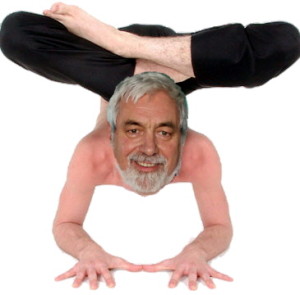“Heads and shoulders, knees and toes, knees and toes…”
How often when someone presents with a shoulder problem do you start with the feet?
I’d like to bet that you are concentrating on the area of the problem itself.
Good!
I always say make sure that the client feels that you have listened and addressed the problem that they came with.
Clients are usually so unaware of their own bodies that they cannot experience their bodies as a whole unit. To them shoulders, knees and toes do not connect.
You however are working the body holistically so do yourself a favour and start at the root of the problem.
Being a therapist is like being a detective, unravelling cause and effect to get the point of maximum impact on a problem; so you need to be looking for clues. My clinical experience has shown me the value of checking out the relationship between the knees and the torso when dealing with shoulder problems.
Next time you have a client with a shoulder problem,
1. See if they have a fallen arch (flat feet).
2. Check which direction the kneecaps point.
3. Look at parallel lines from the floor through the knees through the hips, if they’re not parallel, you know the problem is likely to stem from the feet, knees and hips.
I’ve found that most clients’ shoulder problems will emanate from this area.
So what do you do when you’ve found the source of the problem?
I definitely recommend using postural alignment techniques. My favourite techniques are those I teach in my “Essential Bodyworker’s Toolkit”
- Contact and Release of tight muscles in the hips and legs.
- Contact and Release of the fascia
- Contact and Release in the abdomen
Start there, work to release this lower body tension and finish with work into the areas of pain and tension that your client is concerned about. Your treatment will actually be more effective and less uncomfortable for them and your client will really notice the difference.
